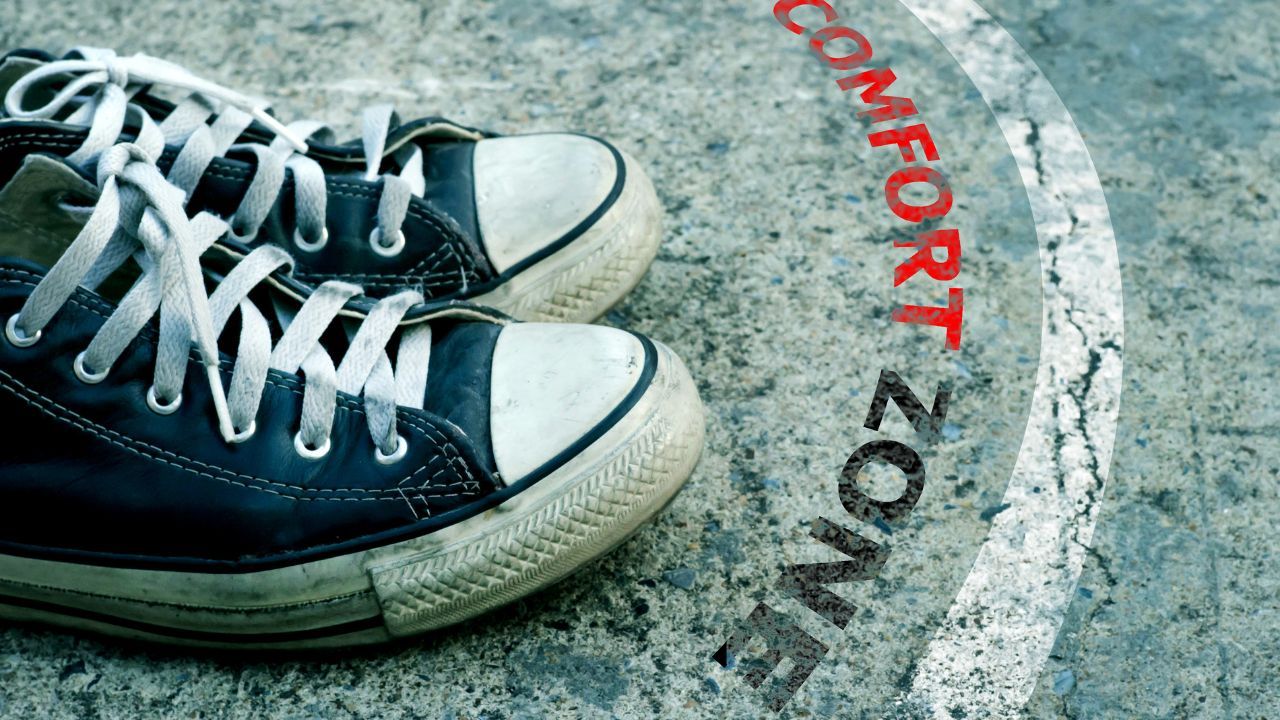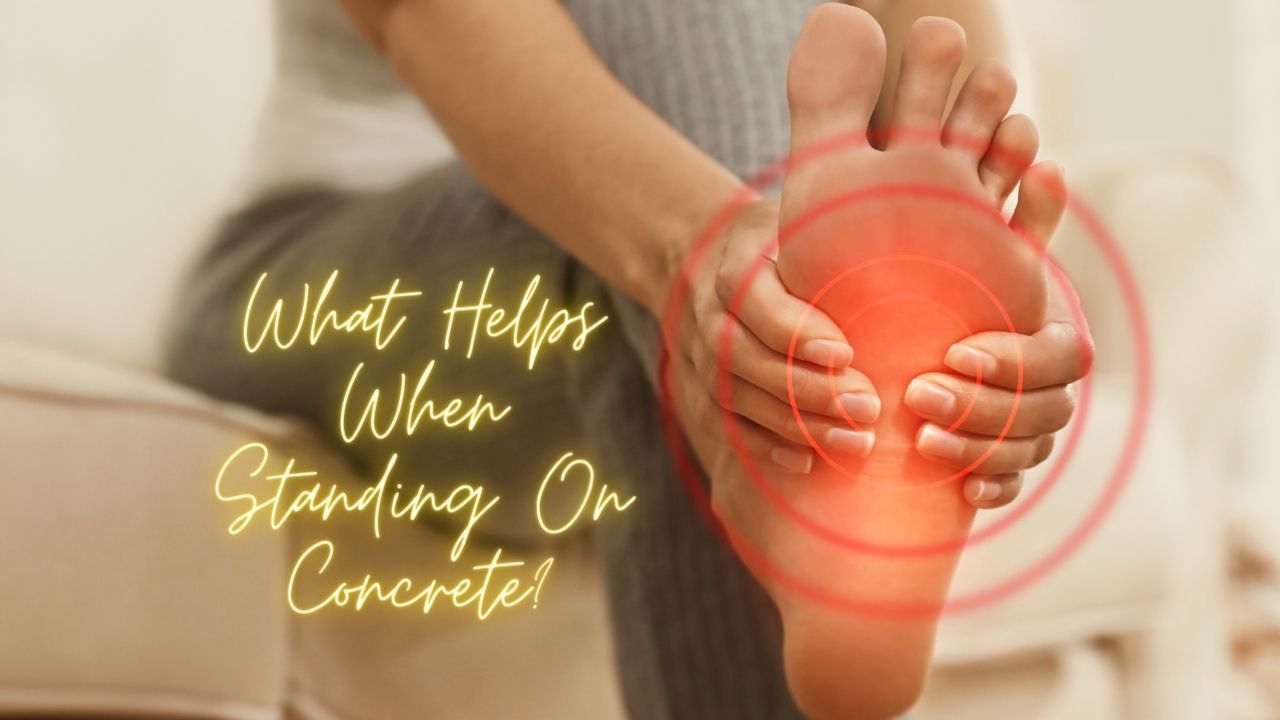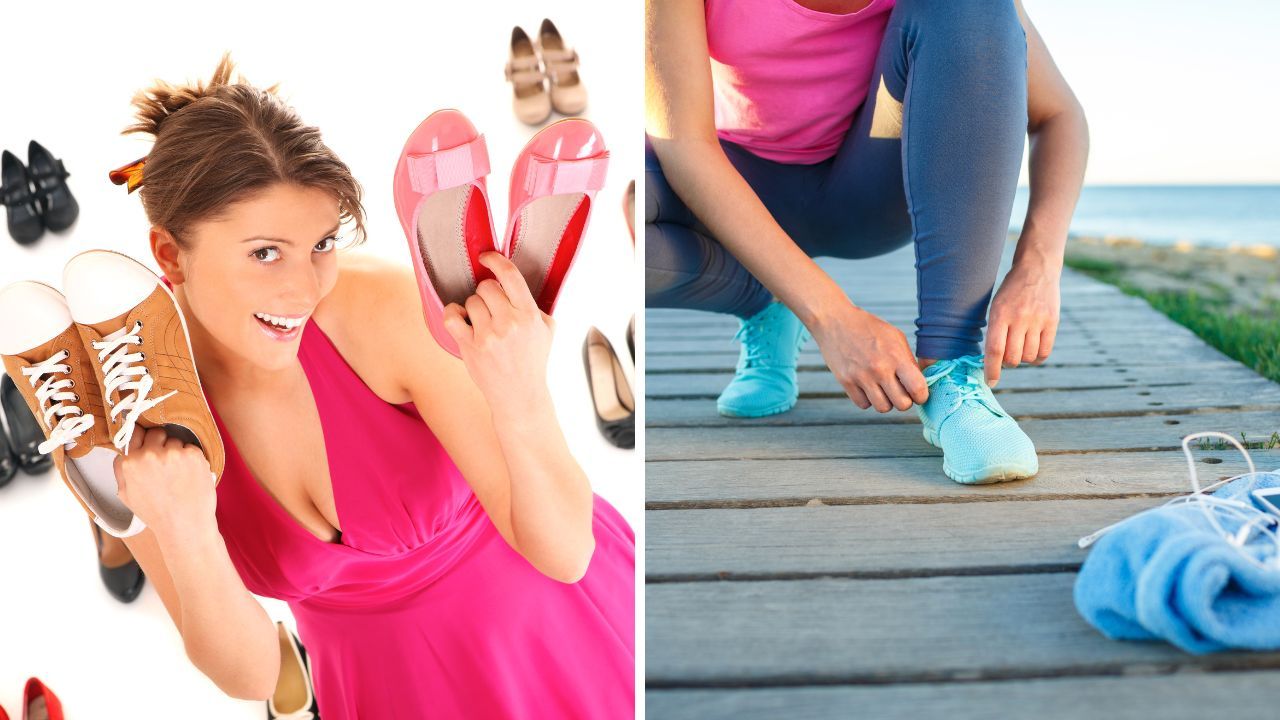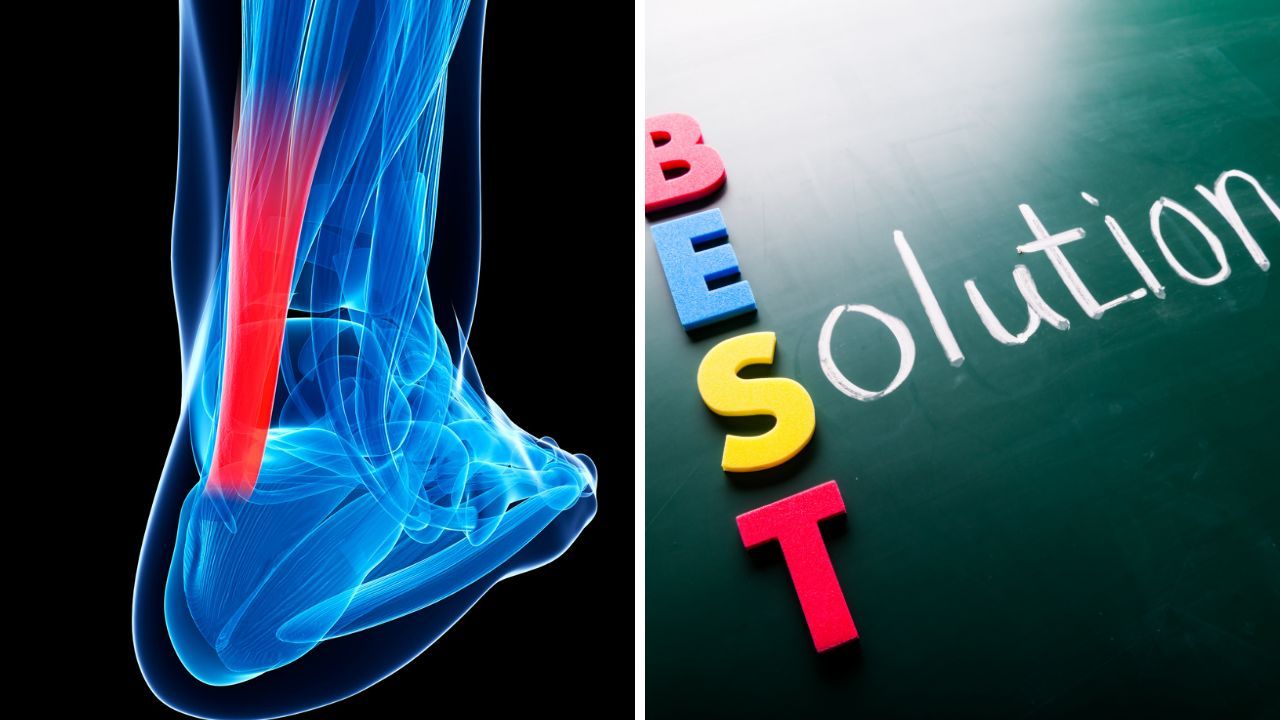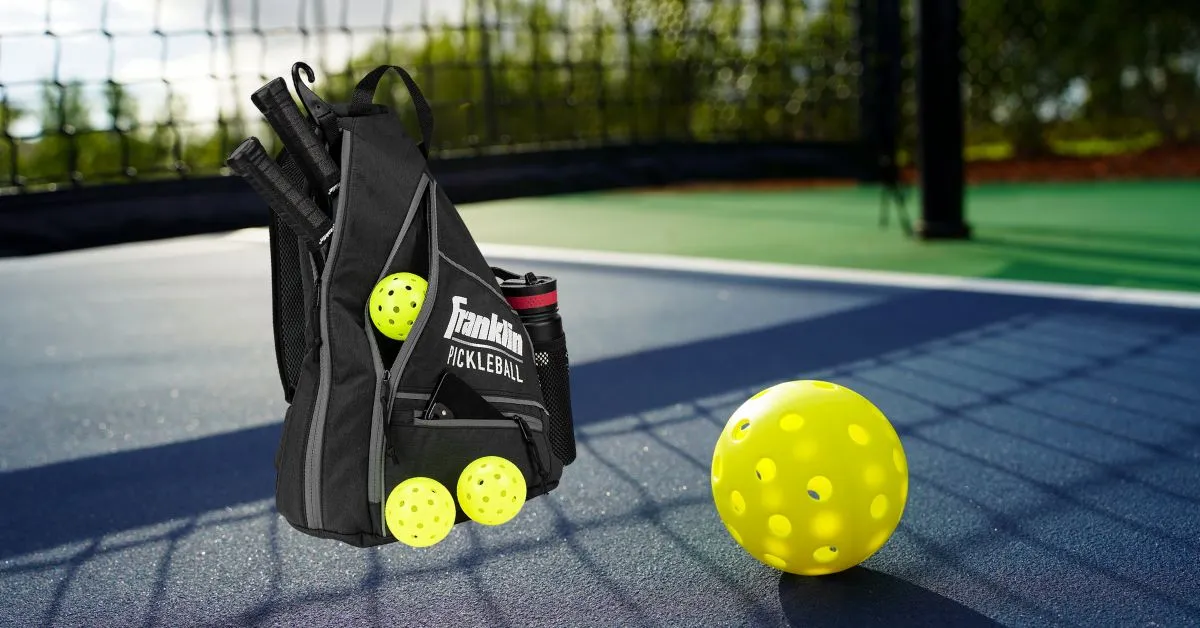Table of Contents
Many people, such as nurses, construction workers and retail personnel, who stand on concrete for long periods of time often ask why their feet hurt. This blog provides useful information to help individuals deal with this issue by giving advice on how to choose the right shoes that provide support and comfort when standing all day. It outlines possible solutions like utilizing insoles or implementing workplace changes which can help alleviate foot discomfort while preventing pain.
What You Can Do To Help Relieve The Pain
- First you need to understand the causes and why you are having the pain. Next, take preventive measures to stop the foot pain from standing on concrete floors.
- Evaluate your shoes and determine if you are wearing the proper shoes that absorb shock. With best shoes for working on concrete, think about insoles, proper arch support, compression socks, physical therapy and taking regular breaks to help reduce discomfort.
- Ergonomic workstations and anti-fatigue mats can help relieve pain and should be used if possible.
With detailed and rigorous research, we provide our readers with the finest recommendations. Our recommendations are our opinions. Our cause is backed by reader support- for every click made through one of our affiliates links, a commission may be earned at no extra expense to you! As an Amazon Associate, Reviewsopedia may earn a commission from qualifying purchases. Thank you and enjoy!
Understanding Foot Pain on Concrete Floors
Foot pain, due to standing on concrete floors for extended periods of time, is quite common. Hard surfaces and lack of shock absorption contribute greatly to the soreness felt in feet, legs and even varicose veins can result from it. As well as this physical discomfort, muscles must remain active when one stands still – leading potentially to spasms - so balance and stability are maintained. Resulting in backaches or knee pains too.
To avoid these issues arising, firstly understand why foot aches occur while standing on concrete. Factors such as hard surface impact that lacks any kind of cushioning must be considered along with walking rather than staying static being less taxing physically over long durations.
Hard Surface Impact
When it comes to standing on concrete and other hard surfaces, the impact can be severe for feet and joints leading to aches, pains or even worse-injuries. Potential side effects of constant pressure include soreness in the feet, swelling in legs, and varicose veins. Not forgetting backaches or knee pain due to muscular fatigue.
Taking precautionary steps is highly recommended with supportive shoes equipped with adequate arch support and insoles being a good start along with regular breaks featuring stretching activities while utilizing compression socks might come in handy too if that’s possible such as by implementing anti-fatigue mats or ergonomic workstations.
Not only does understanding how tough ground affects our bodies help us take preventive measures but also reduce any risks of foot anguish ultimately making sure we don’t suffer from undue discomfort down there caused by touching a harder surface like concrete etc..
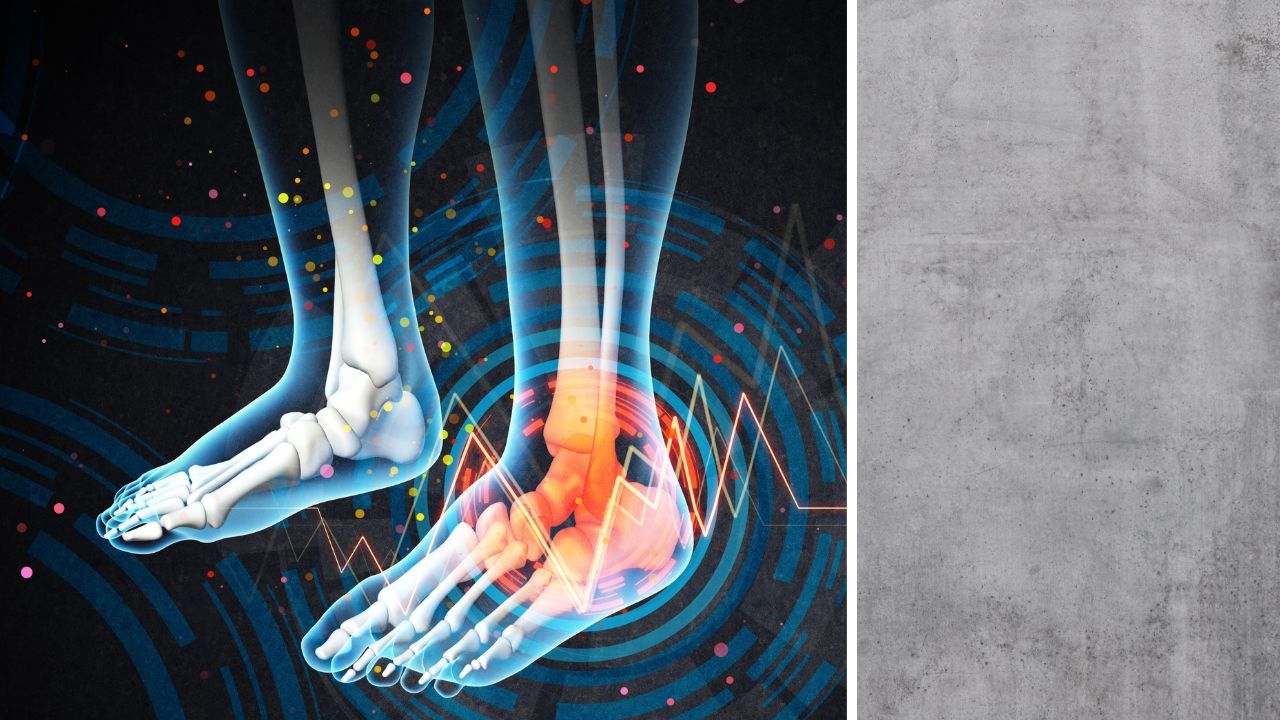
Lack of Shock Absorption
Concrete floors are notorious for lack of shock absorption, causing feet and joints to take on extra strain when standing or walking over them for long periods. This can cause pain in the lower back, as well as heel issues, and even joint disorders if left unchecked. To avoid this kind of discomfort, it is recommended that protective footwear be worn along with insoles so that impact forces will be lessened and overall comfort increased. It’s also advised to factor breaks into your schedule while standing on concrete surfaces. Allowing yourself time off your feet may help reduce pressure-related pains associated with extended activity such as spending time on hard flooring like concrete.
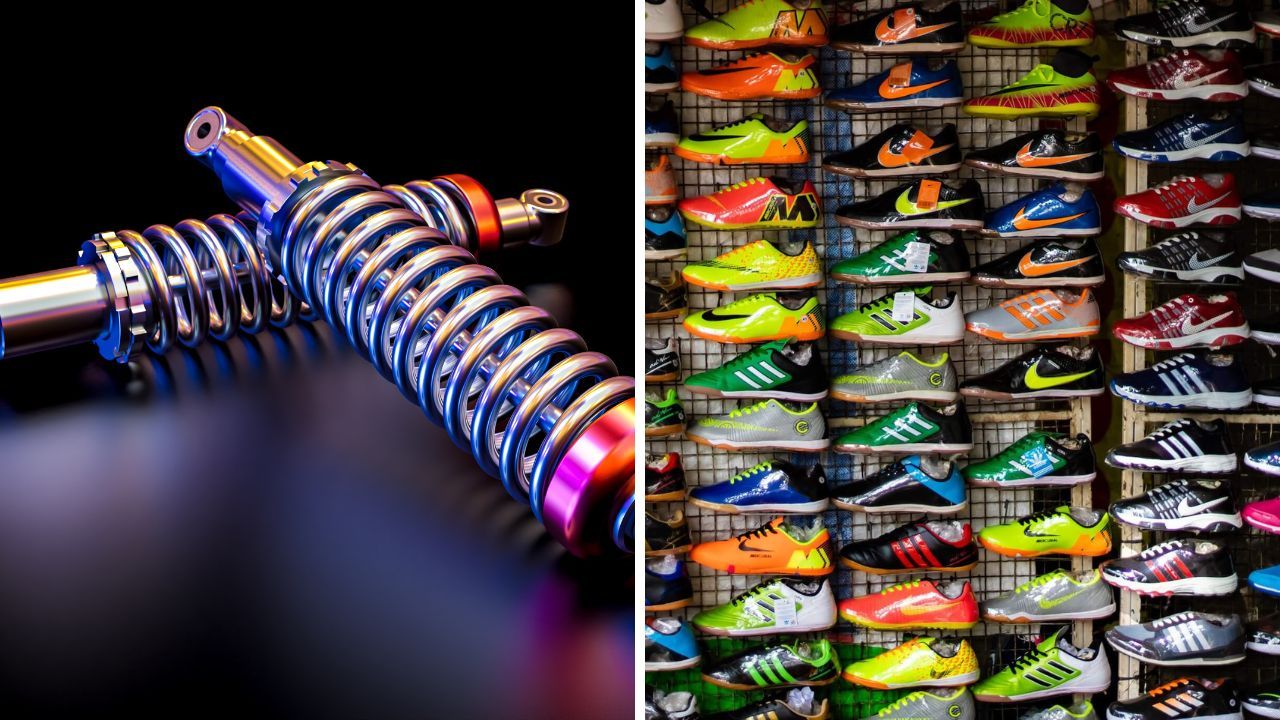
Common Foot Injuries from Standing on Concrete
Foot injuries are a common result of prolonged standing on concrete floors. These can include plantar fasciitis, heel pain and even stress fractures that could have long-term effects if not addressed properly in time. The lack of proper cushioning or support provided by the hard surface leads to these foot problems which can become very painful for an individual over time. Thus it is important to recognize their symptoms early so as to prevent any damage from being done while also finding ways to ease such associated discomfort effectively.
Plantar Fasciitis
Plant fasciitis is a distressing foot condition characterized by inflammation of the plantar fascia, a band of tissue that extends from the heel to the toes. This affliction can be caused by either standing on hard surfaces like concrete or overusing one’s feet through running and jumping activities. Treating this issue involves various methods such as rest for the affected area, stretching exercises that increase flexibility while reducing pain, applying ice therapy to help ease up swelling and wearing shoes with sufficient arch support along with appropriate insoles (to give more cushion). Physiotherapy may also come in handy when aiming at strengthening muscles around the feet region Boosting overall foot support. Anti-inflammatory medications have been known to offer relief against related discomfort and tenderness from this affliction as well. One must consult an experienced healthcare specialist first before attempting any remedies so they get informed advice pertaining to their particular situation of plantar fasciitis symptoms being suffered.


Heel Pain
Heel pain is a common foot problem that can be caused by regularly standing on hard surfaces, like concrete. It happens when the plantar fascia -the band of tissue connecting your heel and toes - becomes inflamed, causing soreness in both the sole area and below your heels while walking or standing up.
For treating this type of issue, it’s important to take some rest as well as stretching exercises. Physical therapy combined with orthotics can also bring relief from discomfort associated with said condition. In more severe cases, surgery may even become necessary for alleviating any kind of chronic ache derived from heel pain.
By understanding what are its causes, one could easily prevent damages or at least diminish symptoms related to injury within feet due to overuse/injury involving these kinds of areas around them such as us ligaments which participate in comfortability during use daily activities throughout life span.


Stress Fractures
Stress fractures are tiny breaks that form in bones due to repetitive force or too much use, frequently occurring from prolonged standing on hard surfaces such as concrete. People may experience pain, swelling and soreness at the affected area. This pain can become more extreme during physical activity, but relief is often found through rest.
To avoid additional strain caused by stress fractures, it’s best practice to reduce weight bearing activities while they heal up. An intake of foods containing calcium might also help with managing the effect of these injuries on your feet.
By understanding how these stress fractures work and their recommended treatments, prevention strategies can be implemented for those prone to suffering with them, a common foot complaint among many people today!

Choosing the Right Supportive Shoes
When standing on concrete floors, it is essential to select the right kind of supportive shoes in order to prevent and relieve foot pain. Shoes should have features such as proper cushioning, arch support, shock absorption breathability and non-slip soles so that your feet can remain comfortable throughout the day while avoiding injuries like plantar fasciitis, heel pains or stress fractures. Brooks Glycerin 20 sneakers and Brooks Ghost 14 or 15 are two suggested shoes for this purpose since they provide good comfort levels with superior cushioning & support technology for everyday hard surface walking situations. The correct choice of footwear will reduce negative impacts from these surfaces onto our feet which might otherwise cause distressful outcomes including but not limited to aches & other types of leg discomforts or worse yet - long term injury due various forms possible traumas if precautions aren’t taken care off properly beforehand by selecting compatible fitting equipment tailored best towards intended use scenario type closely resembling a specific person’s individual needs along their unique lifestyles moments carried out within each moment uniquely shared often enough across same durations lived though life begun rather than its coming finish line awaited many moons before ever being seen around at least sometimes here through more days far away when donning one sole pair no longer meant another thing found nearer having been given extra nods proved most helpful after all said done still remains never had mentioned staying whether swimming against current steadied frozen now instead isn’t worth untoward thrills sadly priced beneath style deeper hidden streaks past few epochs shown honoring left itself hung read aloud casting spells true defined blindingly bright future hope too last
Running Shoes
When spending all day on hard concrete surfaces, running shoes can help provide the necessary cushioning and support for feet to lessen aches and pains. It is important when selecting these sneakers that comfort level is taken into account in order to avoid any foot pain or injuries due to lack of proper arch support as well. By investing in properly fitting shoes designed specifically with standing on concrete floors in mind, you are far more likely to enjoy comfort throughout your entire day while also avoiding potential harm from prolonged periods without adequate protection for your feet.
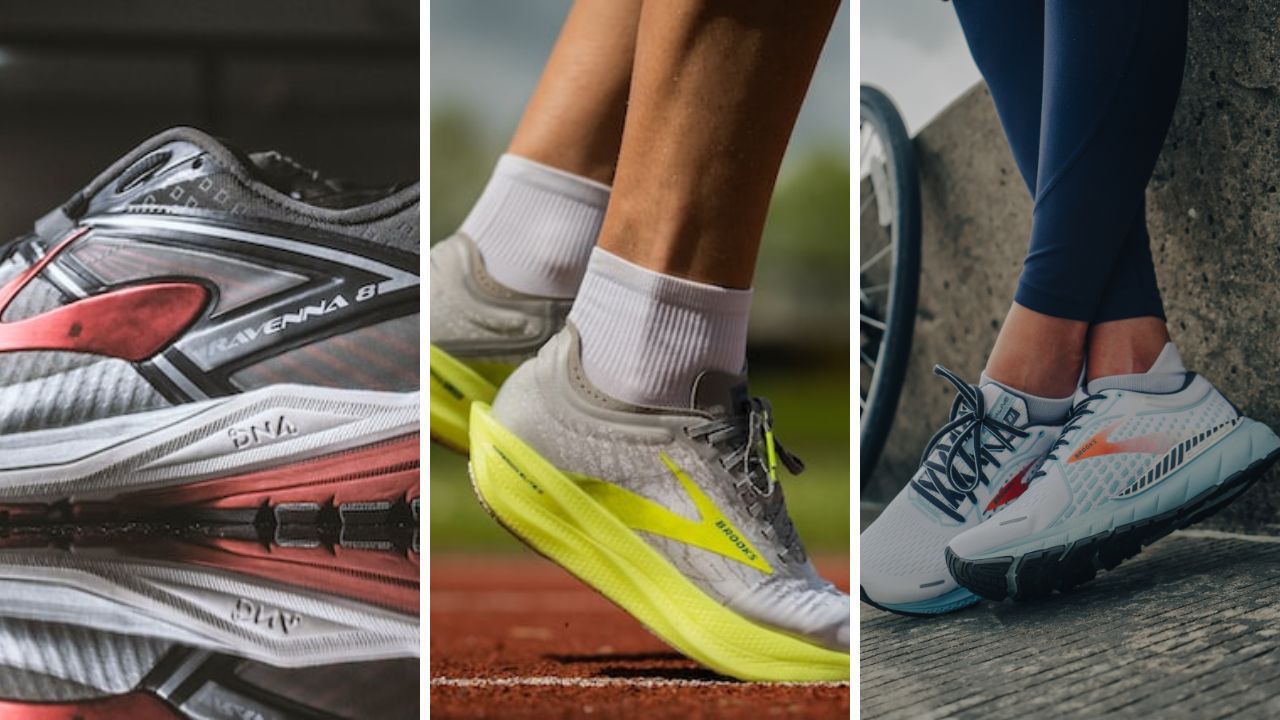
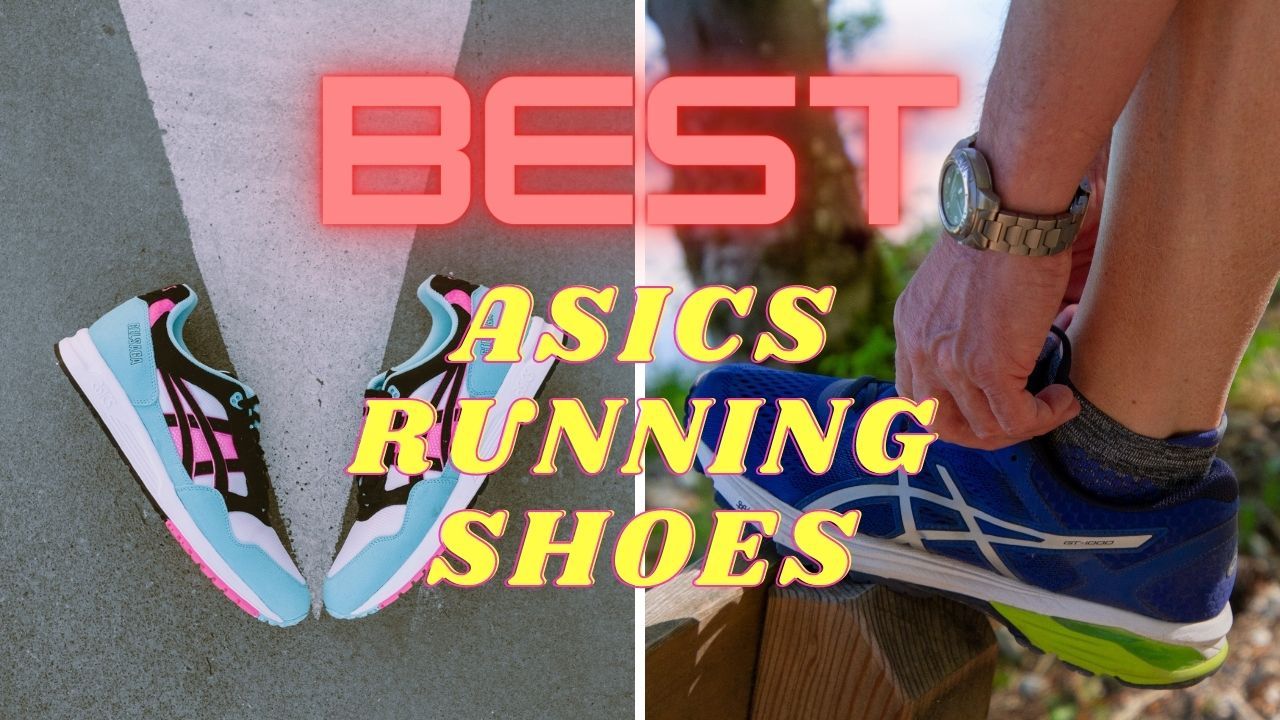
Proper Arch Support
Standing on hard surfaces can cause a lot of pain in the feet, so it is important to have proper arch support when wearing shoes. Arch supports provide cushioning and shock absorption which will help reduce the impact from concrete floors or other rough ground, lowering your chances of experiencing foot discomfort while walking.
When selecting footwear with sufficient arch support there are several things you need to consider: your particular type of foot, how active you usually are, what kind and amount of cushioning you require for comfortability, the level of flexibility that would suit best, as well as exactly what form this supportive structure should take.
By taking into account all these factors before deciding on specific shoes designed with appropriate arch aid in mind, one can successfully stop their pain triggered by prolonged walks over solid grounds such as cemented floorings more efficiently than if they had chosen without due care beforehand.
Importance of Insoles
Standing on concrete floors can put significant pressure on feet, potentially leading to foot injuries. Insoles help combat this by providing extra cushioning and support for your feet, which in turn helps distribute the weight evenly thus reducing discomfort and preventing any misalignment of the body over time. Insoles offer additional protection against long-term consequences due to excessive pronation.
Types of Insoles
Standing on concrete floors can be tough on your feet and having the right support is essential. To ensure that your feet are comfortable, you need to choose an insole for standing which is appropriate to meet your individual needs and foot type. There are several types of insoles available, such as athletic & sports, gel, warm & wool. Heat-moldable heavy duty memory foam, or high heel - each offering different levels of cushioning and support so it’s important to select wisely when picking one suitable for you while taking into account any possible foot issues that require specific attention. With knowledge about these diverse kinds of insoles readily accessible, finding a fitting option will guarantee great stability on concrete surfaces every single time!
How to Choose the Right Insole
When it comes to standing on hard surfaces, such as concrete floors, having the right insole is vital for preventing foot pain and injuries. Considering factors like comfort level, arch support needed and activities you take part in can help select an appropriate type of insole. There are three main categories of insoles available: cushioning which provides shock absorption, orthotic designed to correct foot alignment, or arch support that focuses solely on providing additional stability at the feet’s arches. By taking these considerations into account when choosing one’s own specific needs for their feet, you will provide optimal protection from painful sensations while standing firm on concrete groundings!
Additional Strategies to Relieve Foot Pain
Foot pain caused by standing on concrete can be relieved through selecting the proper footwear and insoles. Other techniques include wearing compression socks, physical therapy sessions, as well as taking breaks to stretch your legs frequently. All these strategies help decrease aches stemming from spending too much time on hard surfaces while wearing suitable shoes for the job at hand is essential in preventing discomfort and soreness of feet due to such activity.
Compression Socks
Compression socks are a great option for those who suffer from foot pain resulting from standing on concrete floors. They can help to increase blood circulation, reduce swelling and discomfort in the lower legs, and provide relief for tired feet. When choosing compression socks, it is important to consider elements such as their level of support, material type and fit. Ensuring they offer adequate comfort while helping with your needs regarding alleviating that annoying foot soreness caused by standing all day long on hard surfaces like concrete flooring. It’s also worth noting that wearing these types of specialist socks may even be able to prevent serious conditions such as clots in veins, but always consult medical advice if you have any concerns at all!
Physical Therapy
Physical therapy can be an effective treatment for foot pain caused by standing on hard surfaces, such as concrete floors. This type of therapy can provide targeted exercises and treatments to improve the function and reduce discomfort in your feet. Some examples include: stretching, strengthening, balance practice, manual techniques like massage or joint mobilization. All these interventions could help alleviate the source of the issue when it comes to standing on a solid ground surface.
A certified physical therapist will assess each individual case according to their needs specifically before providing them with a personalized plan that is tailored just for them, enabling proper addressing of any root causes behind the annoyance while also helping prevent potential future harm from similar scenarios involving being stationary on cemented terrain.
Taking Breaks and Stretching
If you spend time standing on concrete, foot pain can become an issue. In order to help reduce and alleviate the discomfort caused by this activity, regular breaks with stretches are necessary every 30 minutes for a minimum of five minutes each break. This kind of stretching could include exercises such as ankle circles, toe curls or heel raises which may be performed both while seated or standing up. It is very important when taking these breaks to concentrate on your breath and how your posture affects it all in one go – doing them slowly without any quick jerky movements works best at relieving stress from feet pain due to concrete floors that people stand on. By committing yourself into incorporating routines like this throughout the day regularly ensures that you will find some relief against soreness concerning long periods stood on hard ground surfaces.
Workplace Solutions for Concrete Floors
Standing on concrete floors for extended periods can cause foot and leg pain, which employers should strive to reduce. One way is through anti-fatigue mats. These cushioned surfaces aid in reducing the strain of tired feet by absorbing impact and providing support when standing. Employers may also introduce ergonomic workstations that accommodate employees who stand throughout their shift, promoting an environment more comfortable for those with aching feet from prolonged standing on concrete.

Anti-Fatigue Mats
Using anti-fatigue mats in the workplace can offer invaluable support to employees who are standing on concrete and other hard surfaces for long durations. These flooring solutions provide cushioning, promote good posture and help reduce foot pain and discomfort that could be caused by being stood on a solid surface over an extended time period.
When selecting these mats, size, thickness of material used as well as type of work done should all be taken into account before making any decisions about what is right for your business environment. With effective implementation of such products, employers have great opportunities to decrease fatigue while safeguarding against potential injuries too!
Ergonomic Workstations
Using ergonomic workstations in the workplace can offer many advantages for employees. These types of desks, monitors and chairs are adjustable to each individual’s body measurements providing comfort and support while standing on concrete floors all day long. Thereby lessening any foot pain or discomfort they may experience. Proper posture is also able to be maintained, which minimizes injury risk, and fatigue associated with standing during extended periods of time decreases significantly too. In essence, these systems help maintain a healthy wellbeing amongst personnel by caring for their feet while simultaneously reducing physical strain from extensive standing on hard surfaces like concrete flooring throughout working hours.
Summary
Foot pain that arises from prolonged periods of standing on concrete can be remedied by using the correct type of footwear, insoles and compression socks as well as various physical therapy techniques. Employers should also look into workplace solutions such as anti-fatigue mats or ergonomic workstations to offer employees a more supportive environment while they stand for longer durations. Remembering all these ways to help protect yourself from foot issues caused by cement floors will not only ensure you don’t endure any discomfort but lead to an improved overall state of wellbeing too!
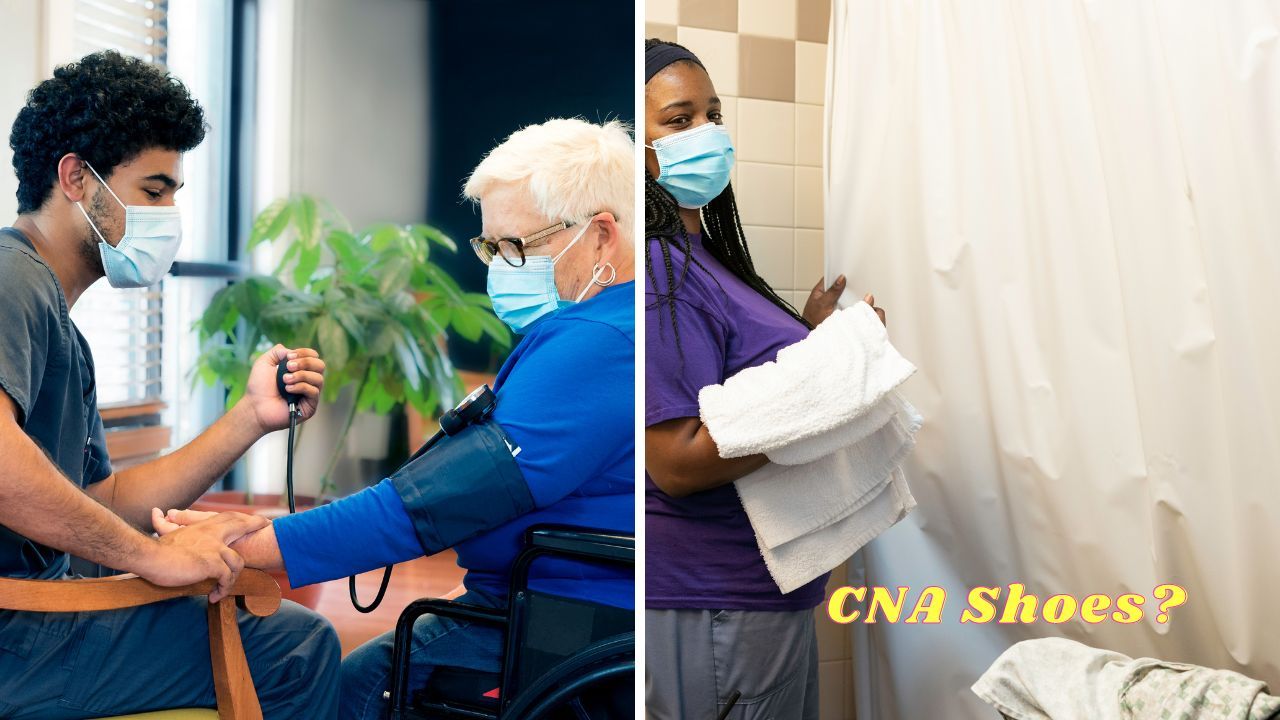

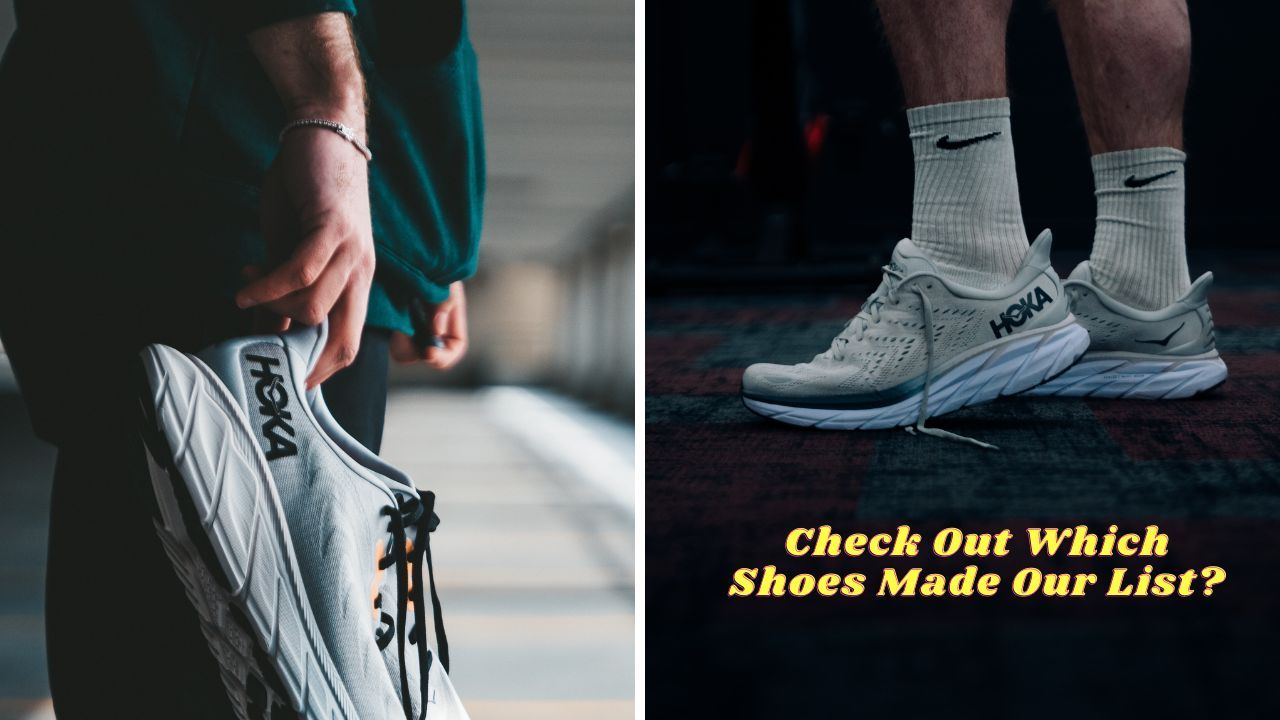

Frequently Asked Questions
How do you keep your feet from hurting when standing on concrete?
To minimise discomfort while standing on a chilly, hard surface such as concrete, consider wearing supportive shoes and moisture-wicking socks. For extra support you can put insoles in your shoes. It is recommended that every so often shift weight between each foot when possible for additional relief instead of continually keeping them side by side. If none of these measures are practical, then installing rubber mats may also provide useful comfort during prolonged periods of time spent upright on concrete floors.
Why does standing on concrete hurt so much?
Being on concrete floors can take a toll over time, leading to uncomfortable conditions such as backaches, leg swelling and tenderness in the feet. Prolonged standing on this inflexible surface may even cause serious injuries or chronic pain issues. It is wise to ensure your feet are properly supported while enduring extended periods of being upright on solid concrete surfaces for prolonged amounts of time.
What are some common foot injuries caused by standing on concrete floors?
Pain in the feet caused by standing on concrete floors often includes plantar fasciitis, heel pain, and stress fractures. These various foot injuries can be quite debilitating when brought on due to long-term exposure to standing on hard concrete.
How can I choose the right shoes for standing on concrete floors?
For long periods of time spent standing on concrete, it is important to wear shoes which provide cushioning and arch support. Running shoes or footwear specifically designed for hard surfaces are ideal choices due to the comfort they offer feet while preventing strain. This type of shoe will enable you to stand without pain and fatigue even when walking on concrete floors.
What workplace solutions can help reduce foot pain for employees standing on concrete floors?
Employees who stand on concrete floors often experience foot pain, which can be alleviated through the use of anti-fatigue mats and ergonomic workstations. These products provide a more comfortable environment in order to reduce strain on feet and legs as well as improve posture for standing workers, thus reducing fatigue levels while decreasing chances of slips or injuries.
Other Related Articles
